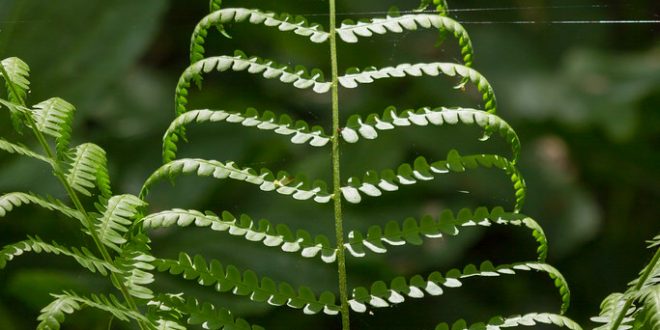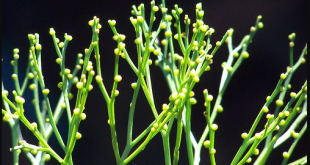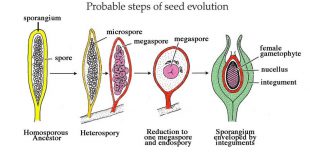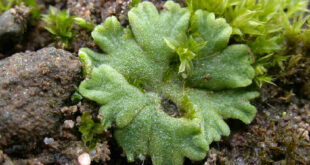The term Pteridophyta was first coined by Haeckel. Eichler (1883) divided the plant kingdom into Cryptogamia and Phanerogamia. The Cryptogamia was further divided into Thallophyta. Bryophyta and Pteridophyta. Engler (1909) included the Bryophyta and Pteridophyta under Embryophyta.
Due to discovery of the fossil plants, the classification of Pteridophytes has undergone vast changes in the recent past. Older taxonomists divided the vascular plants into two divisions—Pteridophyta (primitive vascular plants with the absence of seeds) and Spermatophyta (presence of seeds).
However, this distinction became invalid due to the discovery of seed-bearing fossil plants (Cycadofilicales). Sinnott (1935), therefore, introduced a new term Tracheophyta for a division that possesses sporophytes with well-developed vascular tissue.
According to recommendations of I.C.B.N. (1952), the name of the division should end in the suffix- ‘phyta’, of a sub-division in- ‘phytina’ and class in – ‘opsida’.
On this basis Wardlaw (1955) divided the Pteridophytes into four divisions:
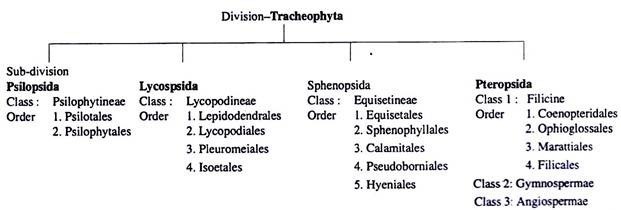
On the basis of their anatomy Jeffrey in 1902 divided the vascular plants into two types or ‘stocks’. He included ferns, gymnosperms, and angiosperms in a ‘stock’ known as Pteropsida, and lycopods and horsetails in another ‘stock’ known as Lycopsida. Jeffrey however could not give the names of divisions or sub-divisions to these stocks.
Scott in 1923 ranked them as divisions. He segregated the horsetails as a separate division, the Sphenopsida.
According to Eames (1936), Tippo (1942), and others there is a single division, the Trachaeophyta consisting of four subdivisions-1. Psilopsida, 2. Lycopsida, 3. Sphenopsida and 4. Pteropsida.
In 1952, the International Code of Botanical Nomenclature amended and recommended that all names of divisions end in the suffix ‘phyta’ and that of classes end in the suffix ‘opsida’.
According to Smith (1955), the classification of the pteridophytes is as follows:
Division I Psilophyta
Division II Lepidophyta
Division III Calamophyta
Division IV Pterophyta
In the so-called modern system of classification by Fuller and Tippo (1954), pteridophytes are included in the phylum Tracheophyta which is divided into four sub-phylum.
- Psilopsida
- Lycopsida
- Sphenopsida
- Pteropsida; includes 3 classes: Gymnospermae, Angiospermae, and Filicinae (fern).
The pteridophytes in the older systems are therefore restricted up to the subphylum Psiolpsida, Lycopsida, Sphenopsida, and a class Filicinae of the subphylum Pteropsida in the modern classification.
Most accepted type of classification of Pteridophyta by Smith (1955), Bold (1957), and Zimmerman (1959)-
| Division | Class | order |
| 1. Psilophyta
(Whisk ferns) |
a. Psilotopsida | i. Psilophytales* |
| b. Psilopsida | i. Psilotales. | |
| 2. Lycophyta
(Club moss or Spike moss)
|
a. Eligulopsida | i. Lycopodiales |
| b. Ligulopsida | i. Selaginellales
ii. Lepidodendronales* iii. Isoetales iv. Pleuromeales |
|
| 3. Sphenophyta or Calamophyta (Horsetail)
|
a. Sphenophyllopsida | i. Sphenophyllales |
| b. Calamopsida | i. Calamitales*
ii. Hyeniales* iii. Equisetales |
|
| 4. Pterophyta
(Ferns or Filicophyta)
|
a. Primofilicopsida | i. Cladoxyales*
ii. Coenopteridales*
|
| b. Eusporangiopsida | i. Ophioglossales
ii. Marattiales |
|
| c.Protoleptosporangiopsida | i. Osmundales | |
| d. Leptosporangiopsida | i. Filicales
ii. Marsileales iii. Salvineales |
* fossil, non-living representative
Related Articles
Revised by
- Md. Siddiq Hasan on 11 September 2020
 Plantlet The Blogging Platform of Department of Botany, University of Dhaka
Plantlet The Blogging Platform of Department of Botany, University of Dhaka
